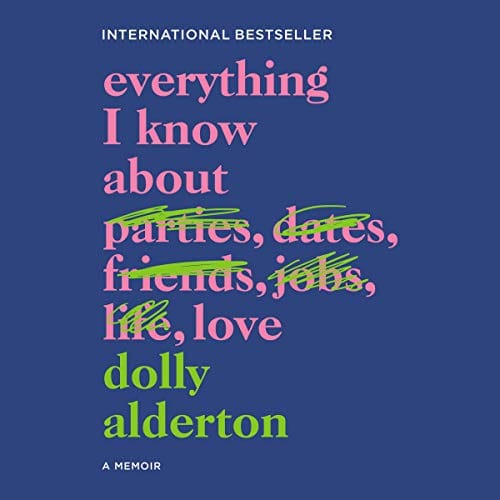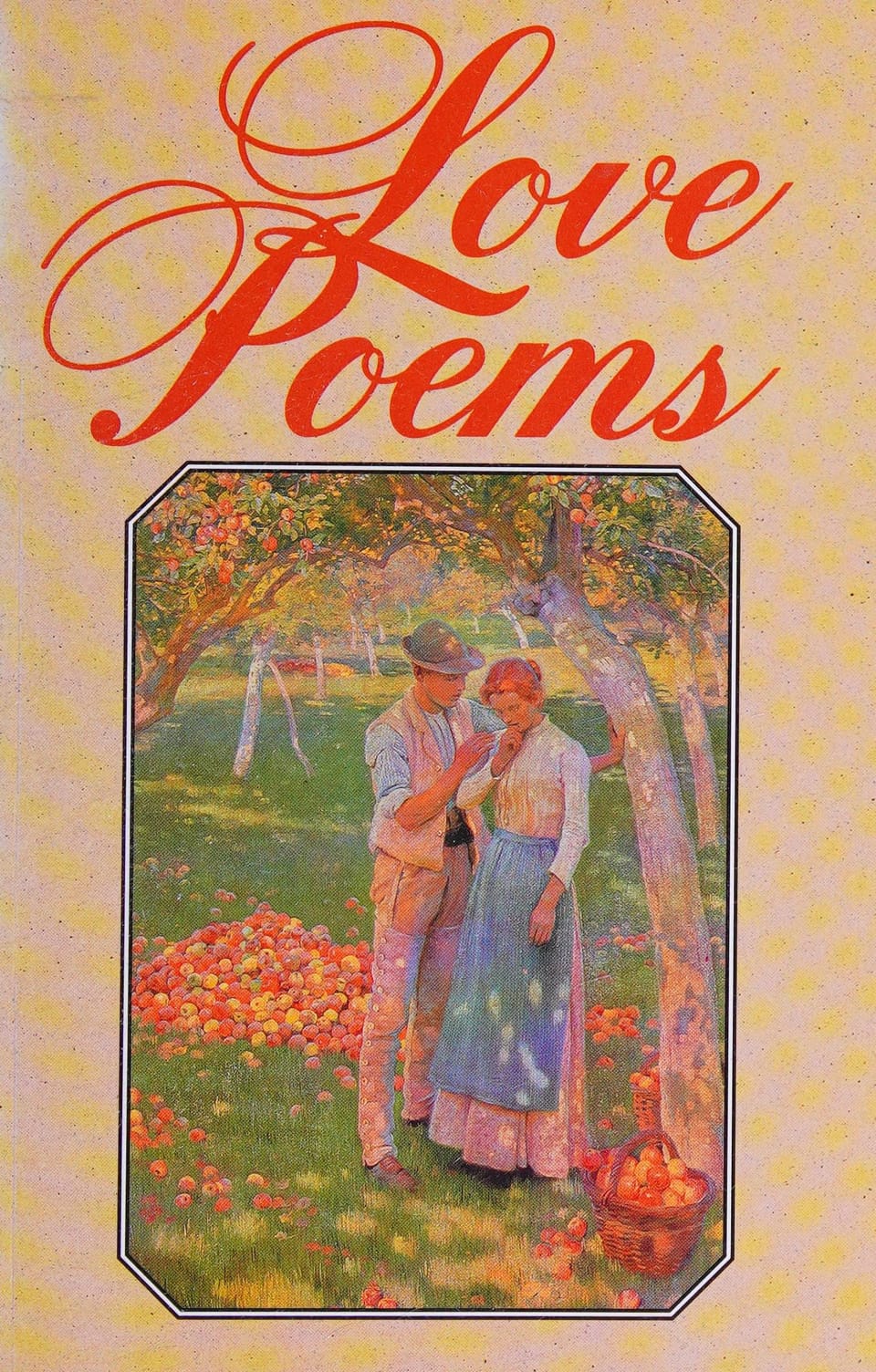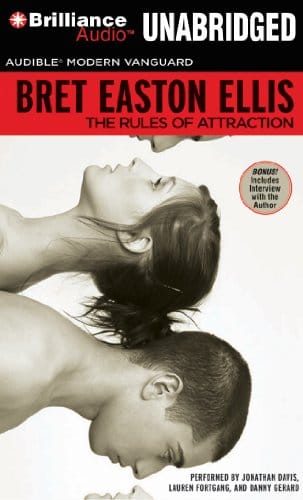Everything I Know About Love: Lessons, Stories & Science
Practical, research-based lessons on self-love, communication, boundaries, and maintenance that explain everything I know about love in under 800 words.

Introduction: Why We Keep Asking About Love
Since the first poem was scratched onto clay, humanity has tried to explain love. We keep revisiting the question because love is both instinctive and elusive, at once a biological drive and a choice we renew daily. After two decades of reading research papers, nursing heartbreaks, celebrating weddings, and interviewing elders who have loved for a lifetime, here is everything I know about love distilled into practical, usable insights.
Love Is Both Emotion and Learnable Skill
Neuroscientists trace the rush of new romance to dopamine and oxytocin, yet successful partners rely on learned behaviors—active listening, compassionate framing, conflict repair. The happiest couples studied in the famous Harvard Grant Study were not the ones born soul-mates; they were the ones who acquired relationship skills and practiced them until they felt second nature. Love begins as a feeling, but it endures as a craft.
Self-Love Is the First Relationship
If you speak to therapists, they will tell you the relationship you have with yourself sets the ceiling for the love you can accept from others. Practicing self-love is not a vanity exercise; it is emotional hygiene. Daily habits such as honoring your sleep needs, speaking kindly to yourself, and pursuing passions signal to your subconscious that you are worthy. That worthiness becomes the filter through which every external relationship is interpreted.
Communication: The Oxygen of Intimacy
John Gottman’s landmark research shows that couples who maintain a ratio of five positive interactions for every negative one are far more likely to stay together. Positive interactions start with clear communication. Swap mind-reading for transparent requests. Replace accusatory “you always” statements with “I feel” language that owns emotions. And remember the unglamorous logistics: scheduling difficult talks outside the blast radius of hunger, fatigue, and phone notifications.
Vulnerability and Boundaries Can Coexist
Brené Brown popularized vulnerability as the courage to show up when you cannot control the outcome. Yet healthy love also requires boundaries—rules that protect your integrity. Think of them as two hands: vulnerability reaches out, boundaries define where the outreached hand stops. When you reveal fears or desires, do so while holding a clear line about what behavior you will and will not accept. That pairing breeds safety.
The Five Love Languages Are a Translation Tool
Gary Chapman’s classification—words of affirmation, quality time, acts of service, physical touch, gifts—endures because it gives couples vocabulary. Discovering that your partner hears “I love you” most clearly through acts of service can eliminate years of mutual frustration. The goal is not to pigeonhole anyone but to diversify your expressive toolkit so that affection lands where it is felt, not merely where it is sent.
Maintenance Is More Romantic Than Salvage
Long-term relationships thrive on small, predictable investments: weekly check-ins, date nights, shared chores, gratitude rituals. These habits may look mundane beside cinematic grand gestures, yet they prevent disconnection from ever gaining a foothold. In relationship science, preventive care always outperforms crisis intervention. A daily kiss with full attention is cheaper than months of counseling triggered by creeping neglect.
Breakups and Heartbreak Are Teachers in Disguise
No matter how skillful you become, some relationships will end. Treating a breakup as failure is a cultural script worth deleting. Each ending offers feedback: what values misaligned, which needs went unheard, where boundaries dissolved. Conduct a post-relationship audit instead of romanticizing or vilifying the other person. Doing so transforms pain into curriculum, preparing you to love better next time—whether that is with someone new or with a renewed self.
Love Stories Are Cultural Mirrors, Not Blueprints
From Persian epics to Hollywood rom-coms, popular narratives reflect the era’s hopes and anxieties. They can inspire but also mislead when consumed as instruction manuals. Remember that every story is edited—literally on screen, figuratively in retellings. Use art to spark conversation about ideals, then draft your own relational architecture based on lived preferences rather than inherited myths.
Conclusion: Choose Love Daily
Everything I know about love reduces to agency. You cannot command the initial spark, but you can decide how you nurture it. You can refine skills, honor yourself, communicate honestly, protect boundaries, and remain curious. Do this consistently and love evolves from a fleeting emotion into a sustainable practice. In the end, love is less about finding the right person and more about becoming the right partner—first to yourself, then to others.



